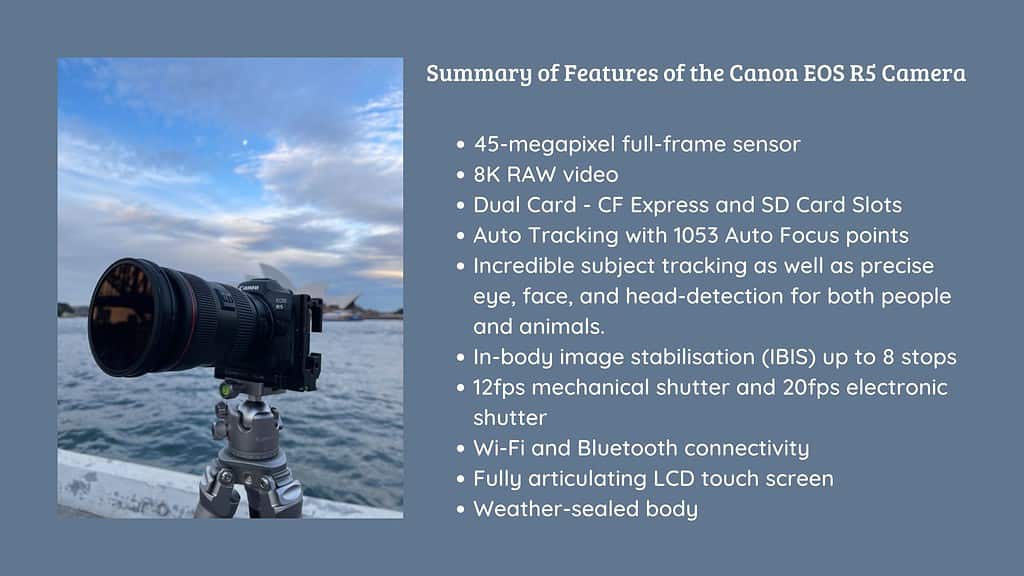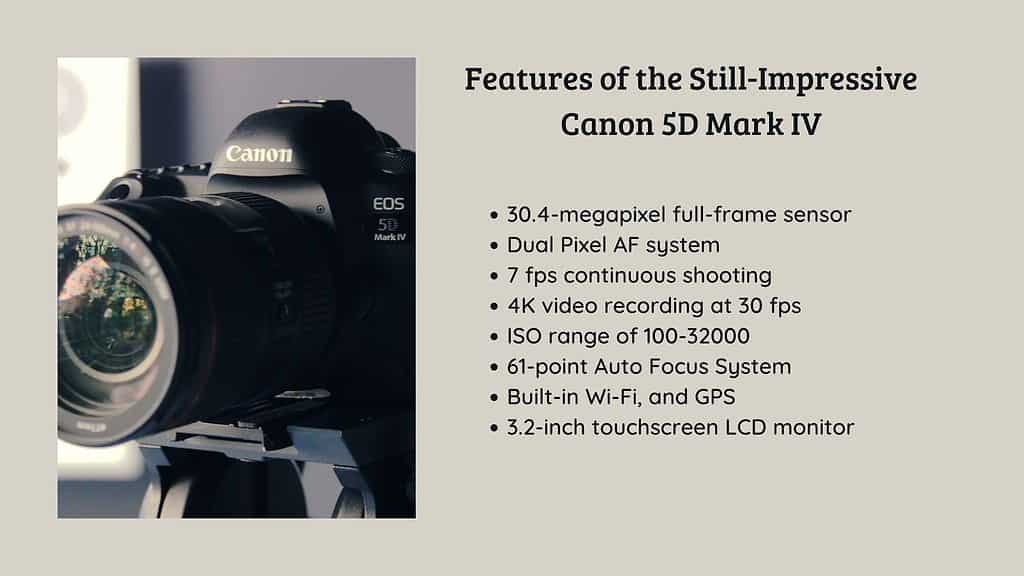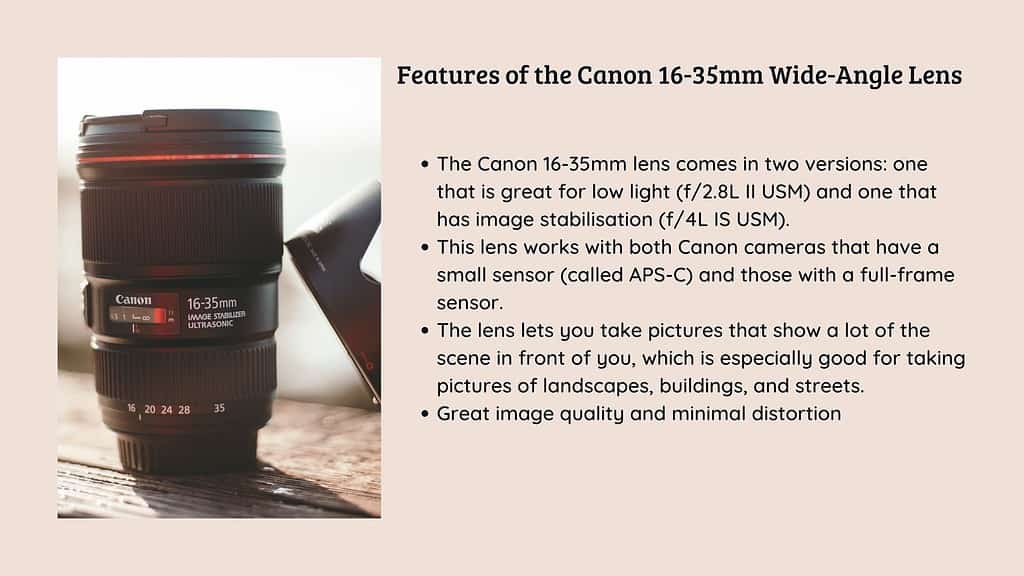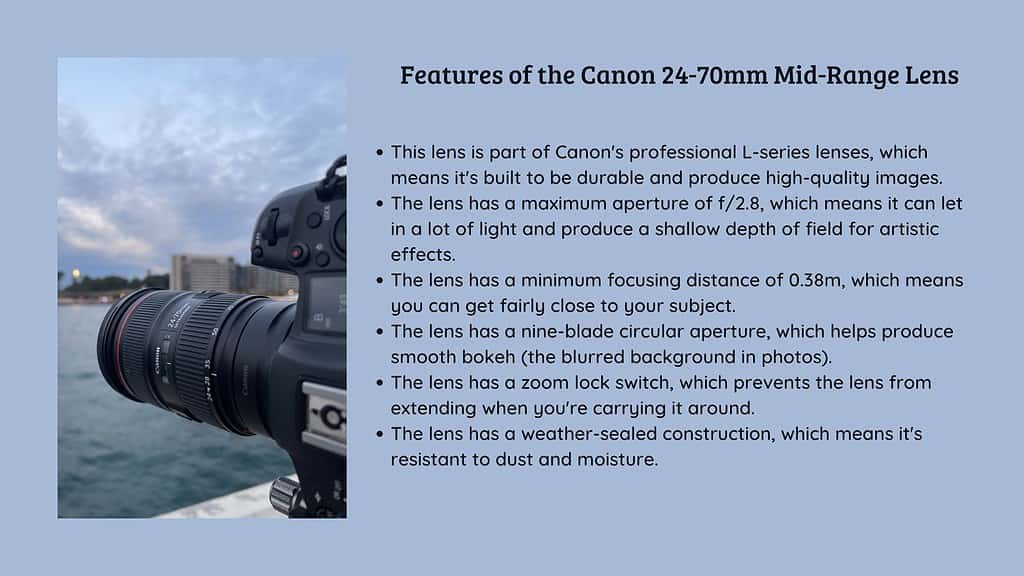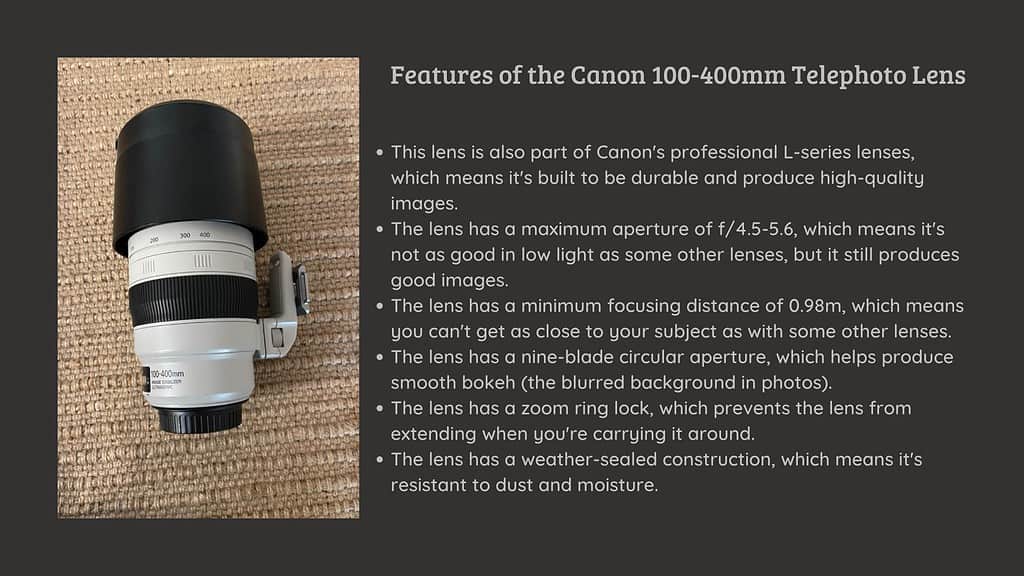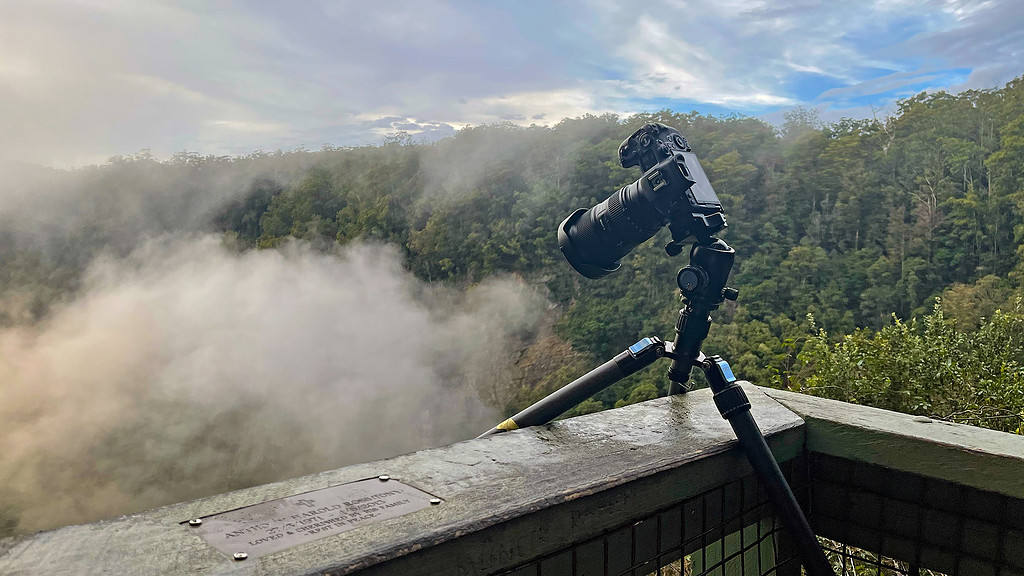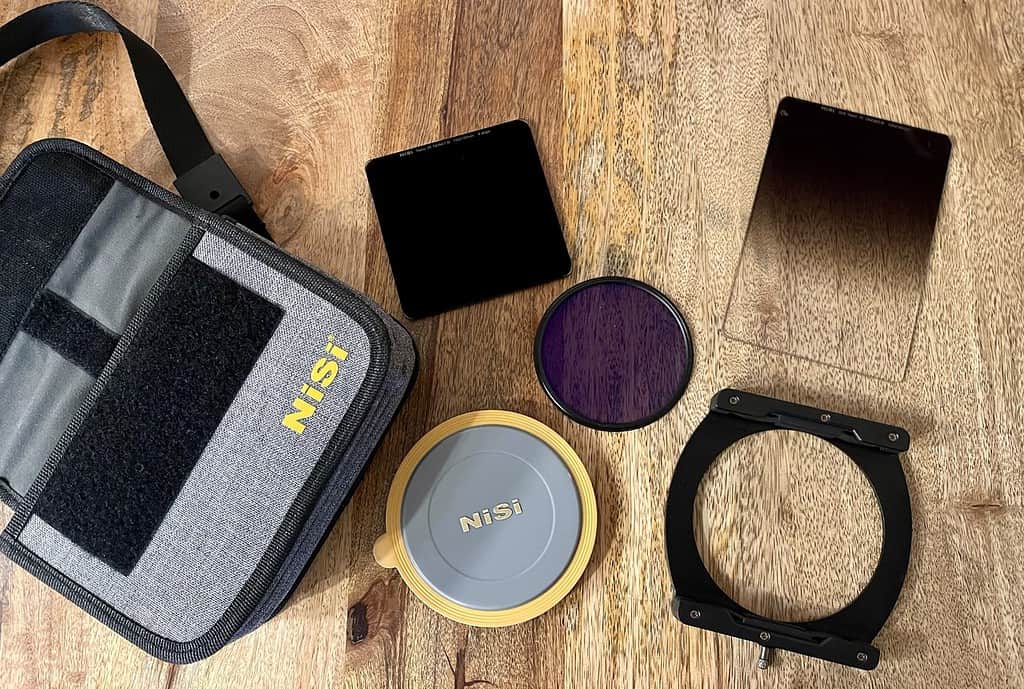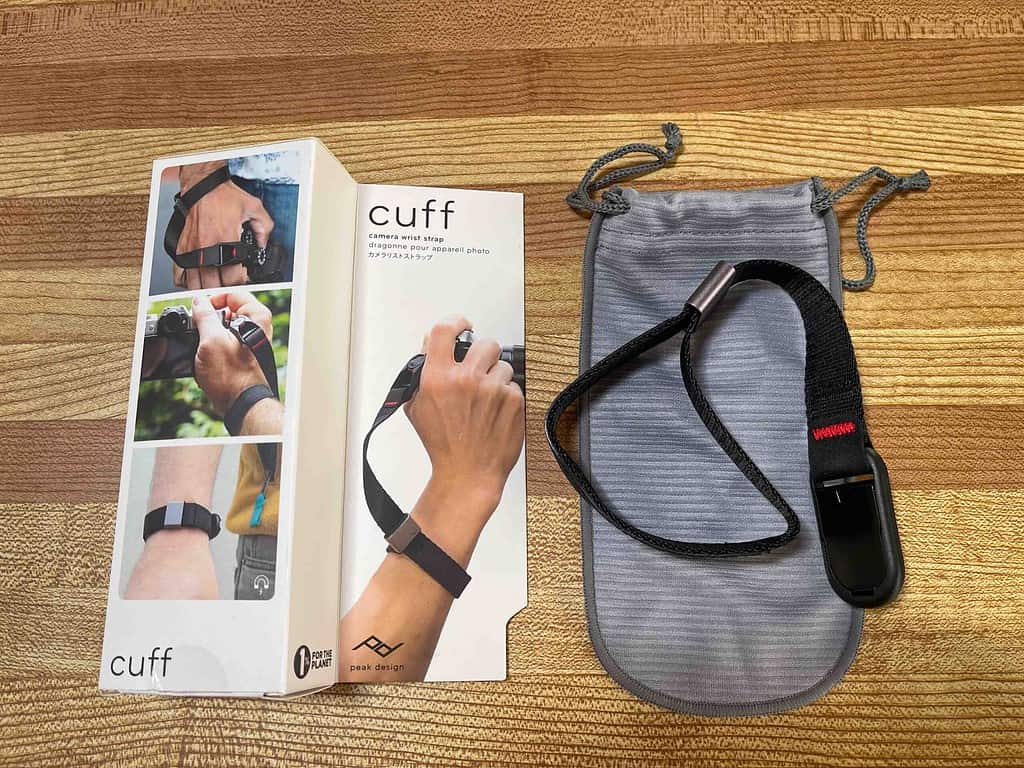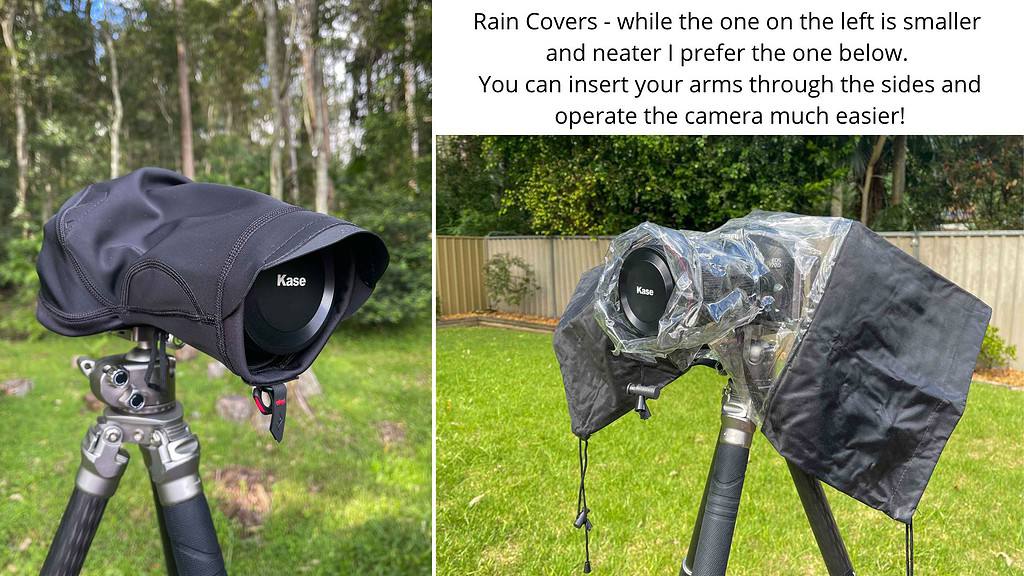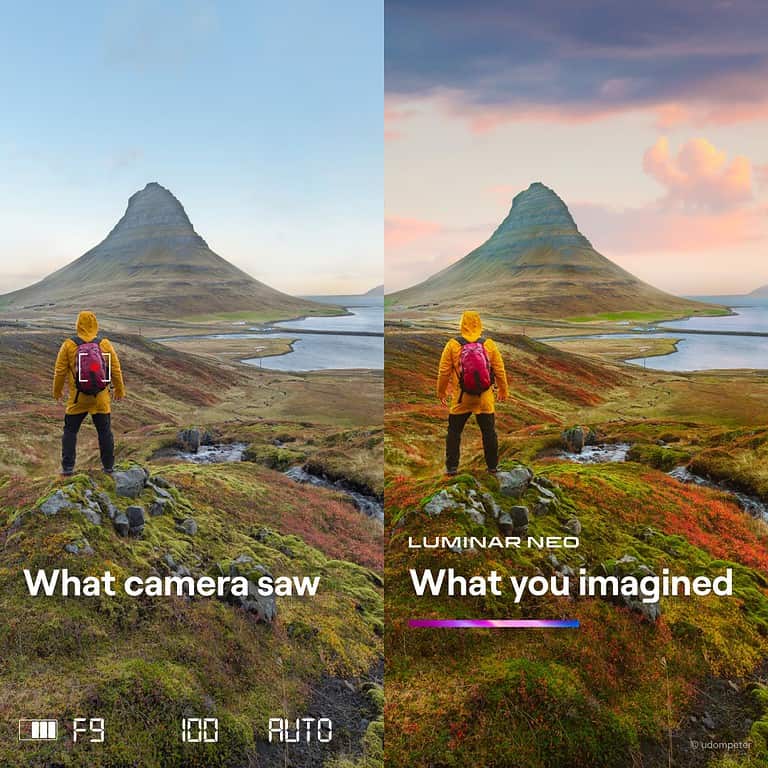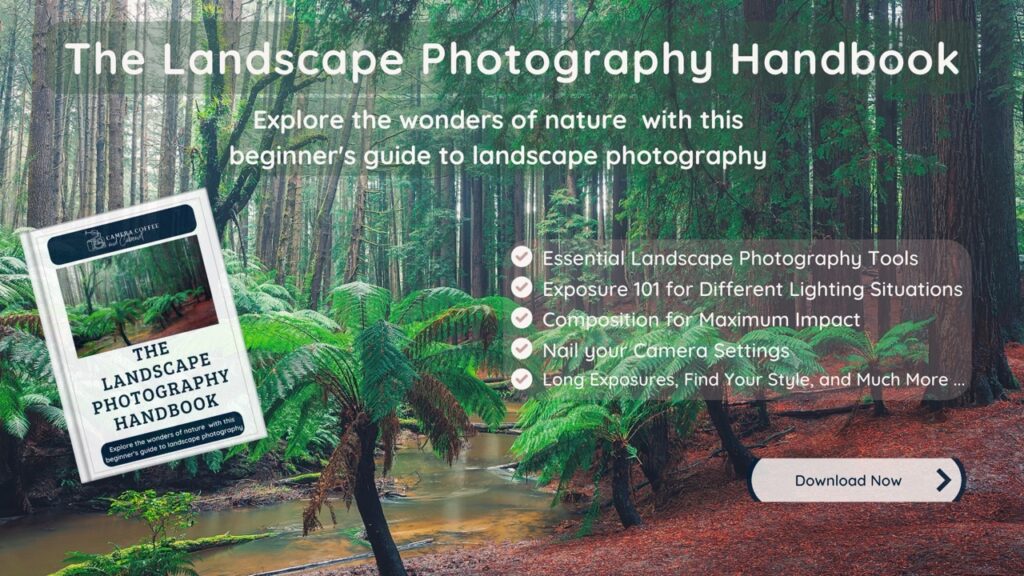Landscape Photography Kit Essentials: My Top Gear Recommendations
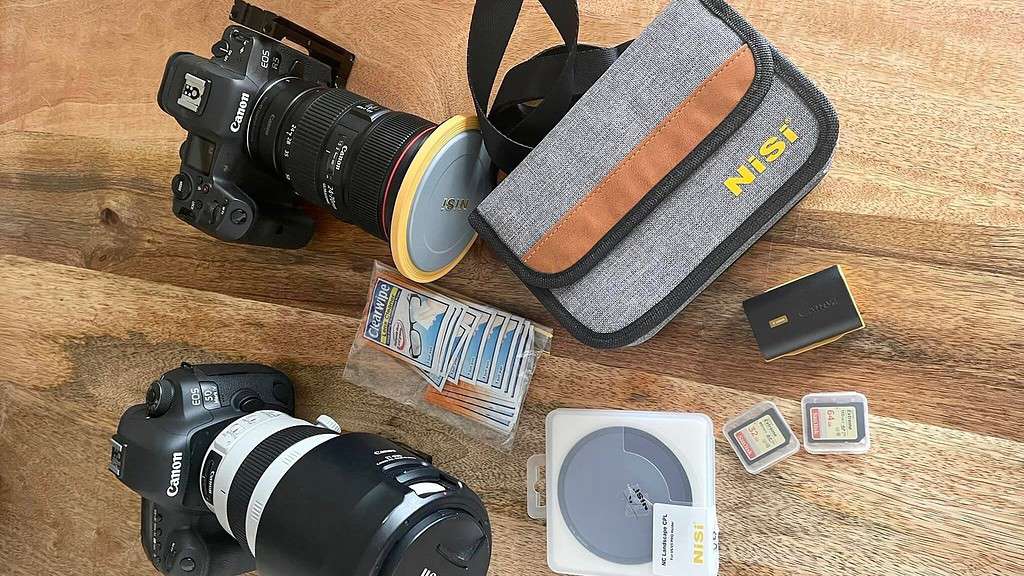
Welcome to my Landscape Photography Kit Essentials Page.
As a landscape photographer I know firsthand how important it is to have the right gear in your kit.
When I first started out, I made the mistake of thinking that the more expensive the gear (and buying EVERY accessory available), the better my photos would be. Or as I used to say “All The Gear And No Idea!”
But I quickly learned that having the latest and greatest gear doesn’t necessarily mean you are guaranteed stunning shots.
Don’t get me wrong, quality gear is essential, but it’s just as important to have a solid understanding of the basics of photography.
With so many options out there, it can be overwhelming to know where to start.
That’s why I’ve put together this guide to share my top gear recommendations for capturing stunning landscapes.
From cameras and lenses, to tripods and accessories, I’ll cover everything you need to build a kit that’s tailored to your needs and style.
I’ll also include my recommendations for editing software along with the hardware that are essential for processing and keeping your photos stored and safely backed up. This is also a crucial part of your photography workflow.
As I’ve tried and tested so much gear over the years, I will only recommend gear that I know and trust.
So, whether you’re looking to upgrade your existing kit, or are starting from scratch, this page will help you make informed decisions and then focus on what really matters – getting out there and capturing beautiful photos of nature!
Before we dive in, I need to tell you that I may make a commission if you purchase through following any of these links. This is at no extra cost to you, and is a great way to support my site.
You will find that you definitely don’t need everything listed here, so just explore what you find useful – enjoy!
Main Camera Body
My current camera is the Canon EOS R5.
Among Canon’s best models to date, this mirrorless camera has a full frame sensor that’s weather-sealed.
This full-frame camera comes with a 45MP image stabilized sensor, dual card slots, and up to 12 frames per second mechanical shutter. It is compatible with all Canon’s EF, EF-S, and new RF lenses (EF and EF-S lenses require an adaptor).
It really is a fabulous camera, but admittedly way more than most landscape photographers would ever need.
To be upfront, I bought this during the pandemic when we weren’t allowed to travel so I decided I’d give photographing birds a try.
The reason I bought the R5 is that it has incredible focus tracking, I just didn’t end up being patient enough to be a bird photographer – that requires no end of patience!
Second Camera Body
The Canon 5D Mark IV was my everyday camera before upgrading to the R5 and it truly still takes an incredible photo.
When I head off on my road trips I take both this and the R5 – I have the 24-70mm lens on the R5 and the 100-400mm lens on the 5D. Makes it so much easier when you pull over to photograph something that catches your eye.
Check out the Canon 5D Mark IV Here
Lenses
Buying quality glass to go with your camera really is a worthwhile investment – the lenses in my kit are all at least 5 years old now, and I have no reason to be upgrading in the foreseeable future.
I recommend the three following essential lenses to have in your kit and these are the ones that are always in my bag:
Wide Angle (16-35mm)
A wide-angle lens is the most popular choice for landscape photography, and for good reason. They allow you to capture the grand scenes you see before you. A typical wide-angle lens is 16-35mm.
They also exaggerate the foreground, and objects in the distance will appear smaller than they do when you’re standing there.
Check out the Canon 16-35mm Lens Here
Mid Range
A longer lens, on the other hand, changes the perspective and allows you to minimise distractions
Using mid-range lenses can help fill the frame and highlight specific subjects within your scene. Popular mid-range lenses are 24-70mm or 70-200mm. Some consider this 70-200mm lens to be a telephoto lens, but let’s not get caught up in semantics.
The 24-70mm is on my main camera probably 75% of the time. I find it is wide enough for most landscape situations and I like the flexibility of being able to zoom in more than the 35mm maximum allows.
Check out the Canon 24-70mm Lens Here
Telephoto Lens
Telephoto lenses are great for capturing more detail in distant objects such as mountains, and are best for more intimate and abstract scenes. A typical telephoto lens would be something like 100-400mm.
You may not initially think of a telephoto lens when it comes to landscape photography, but I use this lens quite frequently.
Intimate landscapes are becoming very popular and this one is perfect to zoom right in tight to show some nice details in your scene.
Check out the Canon 100-400mm Lens Here
Tripod
My go to tripod is the Sirui Carbon Fibre Waterproof Tripod Kit.
A decent tripod really is the most important piece of equipment once you have your camera and lens sorted.
This is something that you should buy at the same time as you buy your camera. They are used in most photography types, but are particularly important for landscape photography.
Again to harp on buying quality – I bought this tripod in 2017 and it’s still going strong after hundreds of outdoor shoots, getting saturated in salt water more times than I can count and surviving so many road trips in the back of the car, and flights!
Sirui was recommended to me way back then and I have absolutely no hesitation in recommending them here.
Check out the Sirui Carbon Fibre Waterproof Tripod Kit Here
Filters
You might be surprised, but in general, filters aren’t absolutely essential for landscape photography. But, and this is a big BUT, most photographers will agree that the right filters can significantly enhance your images.
Filters can be used to control light, create visual effects, and enhance the overall look of your images.
From neutral density filters that help to reduce the amount of light entering your lens, to circular polarising filters that help to enhance the colour and contrast of the sky, there are a wide variety of filters to choose from.
Here’s a starter kit that I’d recommend from Nisi Filters suitable for someone just starting out – it’s a great value kit.
Check out Nisi’s Starter Kit Here
L-Bracket
For a piece of kit that cost less than one hundred dollars, an L-Bracket really is a game changer.
As you learn and experiment more with composition, taking photos in both portrait and landscape orientation became very common in my photography.
An L-Bracket just makes this so easy. It’s a plate that attaches to your camera and allows you to switch between portrait and landscape orientations quickly and easily.
I wouldn’t even rate this as an accessory, to me it’s an essential up there with my tripod.
Bonus is it even offers a little extra protection for your camera should you drop it!
Camera Bag
If you have invested in a quality camera and tripod, you will need a dedicated camera bag to protect your gear.
Consider buying a bag specifically made for photography. These will have padded inserts and padding to protect your gear.
There are so many variations available and a bag can be very personal as to how comfortable it is.
The photo below is my bigger bag that I use for trips as it comfortably fits my camera, 3 lenses, filters and all other accessories.
Check out digiDirect’s Range of Camera Bags Here
Camera Straps
Yes, most of the time my camera is on a tripod, but on the rare occasions that I’m walking around shooting freestyle then you need a strap!
I have both a cross body strap and a wrist strap. They take up such little space in your bag that I just keep both in there just in case:
Check out the cross body strap here
Check out the wrist strap here
Rain Cover
If you’re like me you may not head out expecting to get wet, but nature has taught me that things can change very quickly.
Having a rain cover in your bag can let you keep on shooting knowing that your gear is safe – photography in the rain can be awesome!
Waterfall or seascape photography in particular is where these come in handy. Even if you’re not getting wet from rain, there can be spray from the sea or waterfall.
One of these rain covers can keep your camera and lens dry so you can keep shooting.
Check out digiDirect’s range of rain covers here
Batteries and Memory Cards
Running out of battery or storage space during a shoot can be frustrating, and potentially ruin an opportunity for a great shot. And there’s absolutely no excuse for it!
Always have at least one spare battery (fully charged of course) and memory card packed in that kit.
Software
While capturing you photos is the most important part of your photography, post-processing is also an essential part of the workflow, and that I would recommend the following:
Adobe
Lightroom and Photoshop are by far the most popular software programs and for good reason.
They are incredibly comprehensive and powerful programs that can transform your images.
It is a paid monthly plan, but you can sign up for a free trial here.
Luminar NEO
Luminar NEO is a powerful photo editing software that offers a range of AI-powered tools to help you enhance your landscape photos.
This software is perfect for beginners who are just starting out with photo editing, as it’s easy to use and offers a range of presets that can help you achieve stunning results with just a few clicks. Whether you’re looking to enhance the colours in your landscape photos, remove unwanted objects, or add creative effects,
My favourite Luminar NEO Feature is the AI Enhance slider for when you just want to add a bit of ‘pop’ to an image without doing a complicated edit.
The HDR Merge tool is also pretty impressive along with the remove power lines tool – one click and they’re gone!
You can check out Luminar NEO here, and by using my code (LuminarNeoCCC10) you can get 10% off your purchase.
Essentials for Longer Trips
If you’re heading off on a trip or photography tour, make sure you pack these along with all your other camera gear. I like to charge and backup my photos daily so I don’t lose any precious memories.
- Battery Charger
- Card Reader
- Portable Hard Drive
- Laptop

And that’s it!
I hope you’ve found this Landscape Photography Essentials Kit page helpful and informative.
I know it’s a lot, but remember it has taken me a long time to establish this kit, so start with the important camera, lenses and tripod, and build from there.
The gear you choose can make all the difference in capturing beautiful landscape photos, but don’t forget to learn the basics as well – your equipment is only any good if you know how to use it!
If you have any questions, or need any help in selecting the right gear, please reach out and contact me.
I’m always here to help you along your landscape photography journey however I can.
Keep Clicking and Stay Caffeinated.
Sam
P.S.
Are you a beginner landscape photographer looking to improve your skills and capture stunning photos of nature?
Our ebook, ‘The Landscape Photography Handbook – Exploring the Wonders of Nature,’ is the perfect guide for you. With 90 pages of expert advice and practical tips, you’ll learn everything you need to know to capture breathtaking landscapes like a pro.
From essential gear and camera settings to composition techniques and planning your shoot, this comprehensive guide covers it all.
Plus, you’ll discover how to develop your own style, build your confidence as a photographer, and use editing tools to enhance your images. Get your copy today and start exploring the wonders of nature with your camera!

